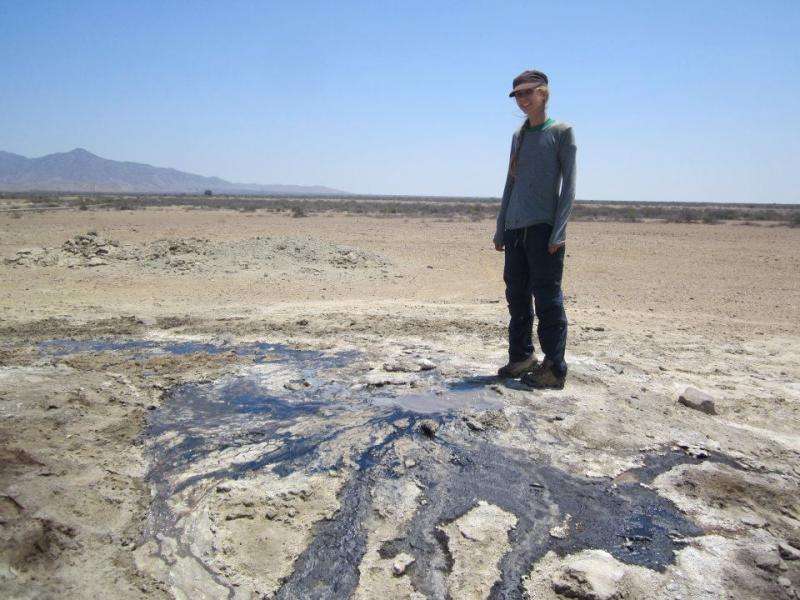Reconstructing a vanished bird community from the Ice Age

Visit Peru's Talara Tar Seeps today and you'll see a desert, but 15,000 years ago, the area was grassland and forest, roamed by dire wolves and saber-toothed cats. If you had gone for a walk in the Talara during the last ice age, what birds would you have heard singing?
For a new study published in The Auk: Ornithological Advances, Jessica Oswald (now at Louisiana State University) and David Steadman of the Florida Museum of Natural History identified 625 songbird fossils from the late Pleistocene, preserved in the tar seep deposit. The fossils represented at least 21 species, 3 of which are extinct and only 2 of which still occur at the site today. Their findings agree with information from sediments, archaeological remains, and mammal fossils from the area arguing for a wetter climate and more biotic diversity at the site in the past.
Half the fossils found at the site were of blackbird species, and all 3 of the extinct species were blackbirds. Several traits of blackbirds may help explain why they were present in the past and then vanished. Blackbirds form large communal roosts near water, and the authors speculate that wetter conditions may have drawn them to the site; additionally, many modern blackbird species follow large mammals to take advantage of the insects they attract, and ice age megafauna may have taken some blackbirds with them when they went extinct. Several extinct blackbirds from the Americas also share a distinctive large bill, suggesting that they may have been adapted for a specific food source that disappeared with the altered climate.
Studying how bird communities of the past changed in response to changing climates can give us a better understanding of how modern, human-caused climate change may affect the bird species of today. "Species respond idiosyncratically to historical change, which means that instead of entire communities shifting their distributions in response to climate change, some species became extinct or extirpated in certain areas, some moved to track shifting resources, and others adapted," explains Oswald. "What does this mean for modern climate change research? I think understanding how some species responded to historical change can help predict how a species will respond to modern change."
The late Pleistocene fossil data from Talara beautifully illustrate the extent to which bird distributions and bird communities are ephemeral at evolutionary time scales," adds Robb Brumfield of the Louisiana State University Museum of Natural Science, an expert on the evolution of Neotropical bird diversity. "This study drives home the fact that we need to be cautious when inferring past processes from contemporary patterns."
"My work on the fossils and in the arid habitats of northwest Peru led to my infatuation with Neotropical dry forests, which are extremely threatened and understudied. I want to continue working in dry forest and with fossils in the Neotropics," said Oswald—in an email she wrote from Bolivia, where she was already scouting fossil sites for her next project.
More information: The changing diversity and distribution of dry forest passerine birds in northwestern Peru since the last ice age, The Auk: Ornithological Advances, www.aoucospubs.org/toc/tauk/132/4.
Provided by The Auk


















